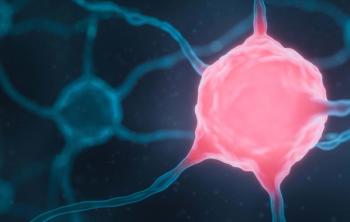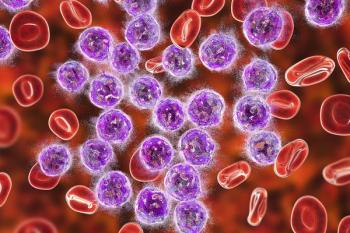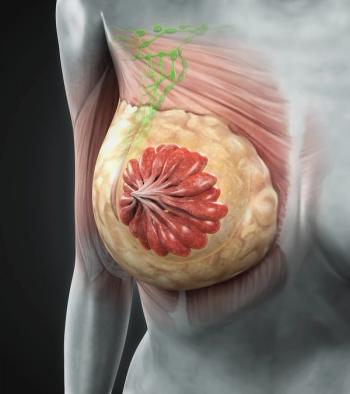
Oncology NEWS International
- Oncology NEWS International Vol 11 No 6
- Volume 11
- Issue 6
New Outpatient Screening Tool Pinpoints Problems During Cancer Treatment
BALTIMORE-Medical personnel are often "dreadful" at singling out individuals facing mood disturbances, emotional issues, and practical problems that can cause severe distress during cancer treatment, according to Matthew Loscalzo, MSW, director of patient and family services and co-director of oncology pain services at the Sidney Kimmel Comprehensive Cancer Center at Johns Hopkins in Baltimore. A new screening and assessment tool used at the onset of treatment, however, identifies the issues most important to each individual patient and allows staff to promptly arrange for needed services, he told an industry-sponsored symposium held in conjunction with the Oncology Nursing Society annual meeting.
BALTIMOREMedical personnel are often "dreadful" at singling out individuals facing mood disturbances, emotional issues, and practical problems that can cause severe distress during cancer treatment, according to Matthew Loscalzo, MSW, director of patient and family services and co-director of oncology pain services at the Sidney Kimmel Comprehensive Cancer Center at Johns Hopkins in Baltimore. A new screening and assessment tool used at the onset of treatment, however, identifies the issues most important to each individual patient and allows staff to promptly arrange for needed services, he told an industry-sponsored symposium held in conjunction with the Oncology Nursing Society annual meeting.
Developed at Hopkins, the pencil-and-paper checklist covers physical and psychological symptoms as well as issues involving the patient’s responsibilities and activities. It also forms the basis for the National Comprehensive Cancer Network Distress Panel’s recommendations, Mr. Loscalzo said.
Patients using the instrument generally cite between 8 and 13 serious problems, with fatigue, pain, and transportation topping the list. Other common complaints include worry, anorexia, insomnia, and irritability, he reported. Having specific information about the needs of individual patients greatly aids nurses in helping patients manage their quality of life and treatment plans, he added.
Obstacles to Reporting
Many obstacles prevent patients from volunteering information symptoms and resource deficits that can affect not only their treatment but their entire quality of life, Mr. Loscalzo continued. Prominent among these obstacles are the desire to be a "good patient" and the belief that such issues are "too trivial" to bring to professionals’ attention, he said. Low energy, which affects between 40% and 80% of patients, also plays a role.
Because lack of energy is a symptom of both treatment-related fatigue and depression, discerning its origin is vital to providing high-quality care to the "whole person," Mr. Loscalzo said. The screening tool has proven very useful in this regard, he added. By doing universal and systematic screening and assessment of patients’ and families’ needsfacilitated by the screening tooloncology nurses are "going to do the same thing with fatigue as [they] did with pain," Mr. Loscalzo concluded.
Articles in this issue
over 23 years ago
Gleevec Effective as First-Line Therapy of CML: IRIS Trialover 23 years ago
Curcumin May Enhance TRAIL-Induced Cancer Cell Deathover 23 years ago
Symptom Clusters or Groupings Are Common in Cancer Outpatientsover 23 years ago
Allogeneic BMT Ups 5-Year EFS in Ph- ALLover 23 years ago
HIV-1 Vaccine Proving Safe, Immunogenic in Humansover 23 years ago
ACS to Fight Tobacco ‘Pandemic’ Worldwideover 23 years ago
Aspirin Helps Prevent Recurrent Large Bowel AdenomasNewsletter
Stay up to date on recent advances in the multidisciplinary approach to cancer.





















































































